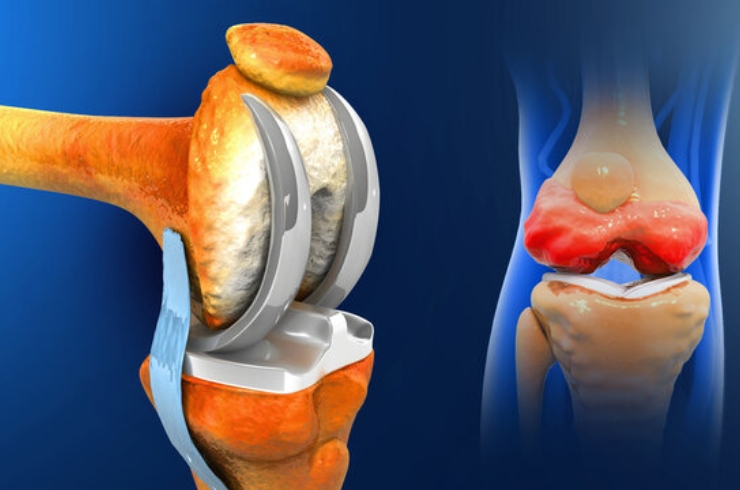
Joint reconstruction is a surgical procedure aimed at restoring the function, alignment, and stability of a damaged joint due to injury, degenerative disease, or congenital deformity. It is often recommended when conservative treatments like medications or physiotherapy fail to relieve symptoms or when joint damage severely limits mobility. This procedure can involve partial or complete restoration using the patient’s own tissues or implants.
Conditions commonly treated with joint reconstruction include advanced osteoarthritis, rheumatoid arthritis, post-traumatic arthritis, joint deformities, cartilage loss, avascular necrosis, recurrent dislocations, ligament injuries, and fractures involving joint surfaces. Commonly reconstructed joints include the knee, hip, shoulder, elbow, and ankle.
Reconstruction techniques may involve osteotomy (bone realignment), ligament repair, cartilage restoration, bone grafting, or partial/total joint replacement. Minimally invasive arthroscopic approaches are often used for better recovery and reduced tissue damage.
Joint reconstruction aims to relieve pain, restore joint mechanics, and improve long-term function. It is often recommended for active individuals or younger patients seeking to preserve their natural joint structure and delay full joint replacement.
Joint reconstruction preserves part or all of the natural joint, while replacement involves substituting the joint with an artificial implant.
The most commonly reconstructed joints include the knee, hip, shoulder, elbow, and ankle, depending on the underlying damage or condition.
Joint reconstruction can provide long-term relief and improved function. However, its longevity depends on factors like age, activity level, and joint health.
Recovery can vary but usually ranges from a few weeks to several months, depending on the procedure, joint involved, and rehabilitation progress.
Patients with joint damage due to arthritis, injury, or deformity who haven’t responded to conservative treatments and wish to preserve joint function may benefit.